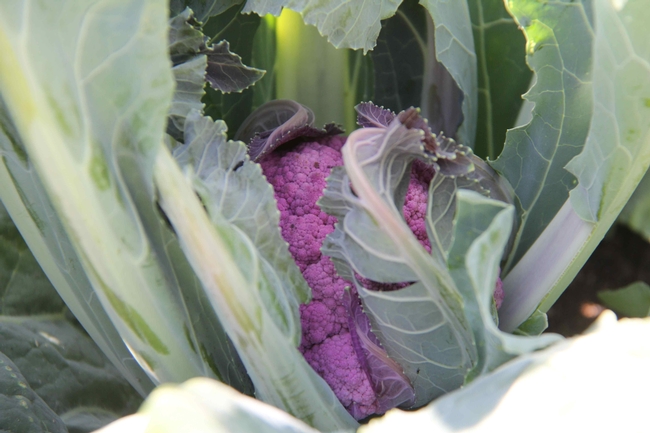As part of our UC ANR Urban Agriculture project, several team members visited urban farms around California and interviewed urban farmers. We wanted to know about their operations, their challenges, and especially, what our organization, University of California Agriculture and Natural Resources (UC ANR) could offer that would be most helpful. Here are a few of the insights we gained.
California's urban farms are usually small, but not always.
Among the 27 farms we visited, the median size was one acre (in other words, half of the farms were larger than an acre, and half were smaller). And the range in size was wide. The smallest was 3,000 square feet, while the largest was 1,000 acres! Excluding the 1,000 acre farm, which was an outlier, the average size was 2.8 acres. Compared to the average size of a farm in California, which is 328 acres, per the 2012 USDA Census of Agriculture, urban farms are very small.
Some experienced farmers, lots of beginners
Two farms were multi-generation family farms started in the 1950s by the current farmers' parents or grandparents and these farmers are highly experienced. Although their farms now operate in urban environments, they didn't start out as urban farms. “The city came to us,” as one farmer put it. The other farmers we interviewed have been learning farming from the ground up.
Diverse products, focused on vegetable crops
All 27 farms produce vegetable crops, 21 produce fruit, and 13 produce ornamental crops. Many of the farms have chickens and bees. Value-added products are common, with 14 of the 27 farms producing jam, dehydrated fruits or herbs, or other items.
Not-for-profit models are prevalent
Among the urban farms we visited, most are part of a non-profit organization or government agency with a larger mission. Urban farming is used as a vehicle for reaching the organization's goals, for example, teaching business skills to youth, or improving healthy food access in underserved communities.
Many challenges starting up
When asked about challenges in starting up their urban farms, the most common issues farmers mentioned were business and financial planning, marketing, and accessing land. They also struggled with production issues such as crop planning, pests, and irrigation. And many were challenged by confusing zoning issues and regulations.
Urban farmers dive into policy
Of the 27 urban farmers we interviewed, 19 were also involved in advocating for local policy change to facilitate urban agriculture. As one interviewee said; “In order to start the urban farm, we have had to jump into policy work to get it off the ground.”
How can UC ANR help?
One clear theme throughout our study of California's urban agriculture is that urban farmers need a ready source of information on everything from starting a farm to production to local regulations. With experts around the state, UC ANR has access to research and information on a wide variety of farming and related topics. This website has been created as a resource for urban farmers in California, where we'll continue to add helpful material, urban farm stories from around the state, and updates on policies in our metropolitan areas. We encourage urban farmers and urban agriculture advocates in California to connect. Suggest ideas for blog articles, share information and photos about your urban farm, and ask questions, either via our on-line survey or our Facebook page and Twitter. We look forward to hearing from you!
Attached Images:
